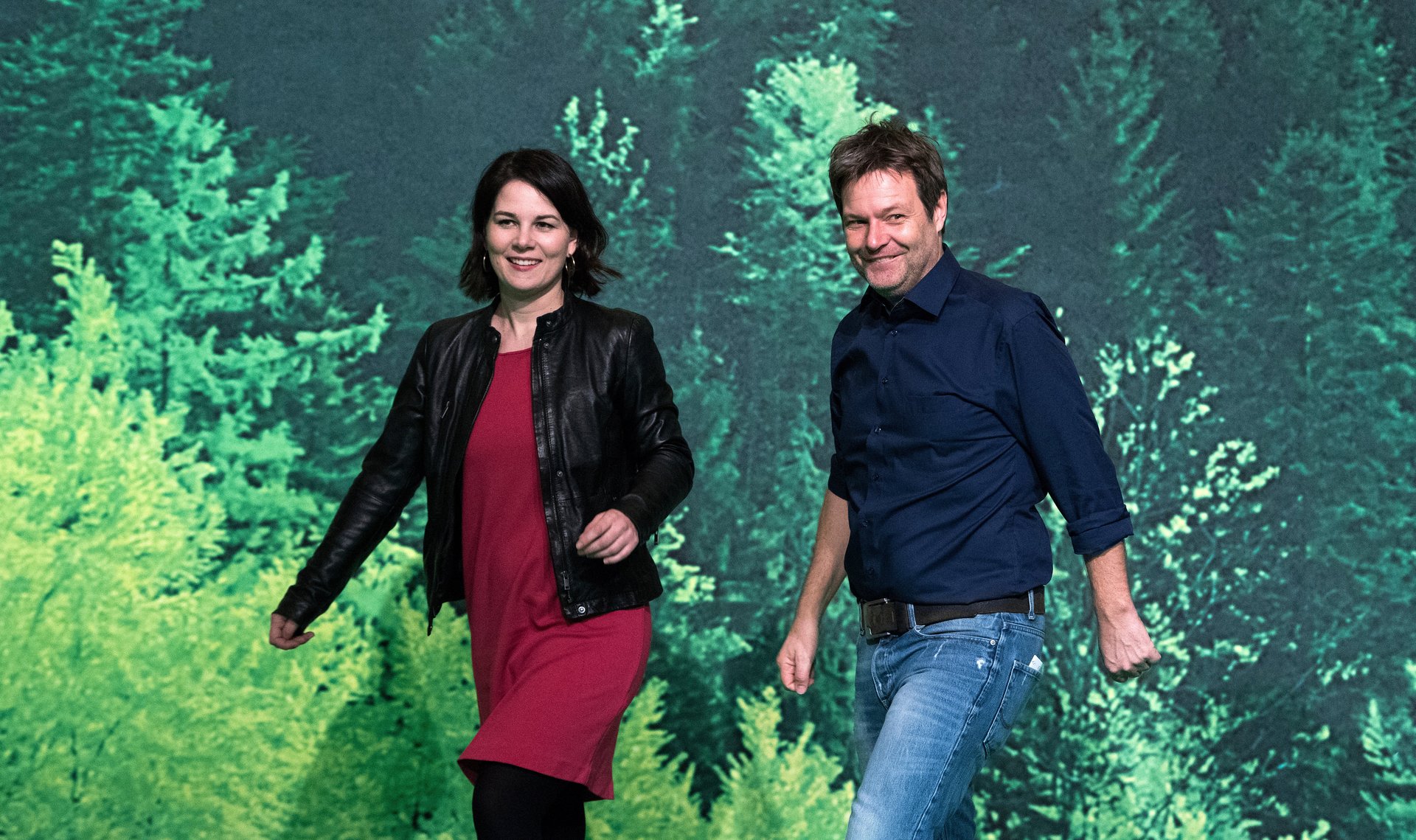Germany’s rocky year has been great for its Green Party
Germany has had a less-than-stellar 2018. With a weakened chancellor, squabbling government, the right-wing Alternative for Germany (AFD) firmly ensconced in parliament, and neo-Nazi riots in Chemnitz, the country has been through a lot. But the challenging year has given a party started by anti-establishment radicals in 1980 the opportunity to shine.


Germany has had a less-than-stellar 2018. With a weakened chancellor, squabbling government, the right-wing Alternative for Germany (AFD) firmly ensconced in parliament, and neo-Nazi riots in Chemnitz, the country has been through a lot. But the challenging year has given a party started by anti-establishment radicals in 1980 the opportunity to shine.
A range of surveys (link in German) show the Greens polling at between 21% and 23%, meaning if there were to be a general election this coming weekend, they would come in second, behind Merkel’s Christian Democratic Union, and quite a bit ahead of the Social Democrats and the AFD.
The resurgence in support for a party that campaigns on the message, “Give courage rather than spreading fear,” shows that many German citizens are embracing a more positive, open outlook, and are rejecting the hand-wringing over how migrants threaten Germany’s national identity, peddled by the AfD and the right flank of Merkel’s conservatives.
The party forged ahead in a number of state elections in 2018, as people look for an alternative to Germany’s traditional centrist parties—a trend playing out across Europe. Three years after the start of the influx of refugees into Germany, many have tired of the topic, and want a party that is in tune with their daily problems.
Jon Worth, a Berlin-based Green party member and blogger on EU and German politics, says the party’s pragmatism has worked in its favor. “The Greens are trying to address everyday concerns of voters,” he says. “They haven’t in recent times been banging on just about the refugee crisis, they’ve essentially been saying: ‘These are the things that matter to people: increases in rental prices, problems with transport, problems with broadband, the renovation of schools, improvement of university educations.’”
While the Greens just scraped into the Bundestag with 8.9% in the federal elections in September last year, they scooped second place with over 17% of the vote in conservative stronghold Bavaria in the October state elections. Merkel’s Bavarian sister party, the CSU, bled more voters to the Greens than it did to the AfD.
The Greens then tied for second-place a few weeks later in the state of Hesse, home of Germany’s financial hub, Frankfurt. The results were perceived as a big rebuke to the coalition government in Berlin, which has been paralyzed by infighting since it formed in March.
The Green party entered parliament for the first time in 1983, standing out from the rank-and-file establishment with their long hair, beards, and sweaters—they even took their knitting to the Bundestag sessions. In 1993, they merged with a former East German party Bündnis 90 (Alliance 90) to become Bündnis 90/Die Grünen. It has been a coalition partner in the federal government during two terms since 1998, and partners in over half of Germany’s state governments. Its core voters are now middle-class, liberal, urban professionals.
While Merkel’s party has scrabbled to win back its right-leaning voters who fled to the AfD in the general elections, the center-left SPD has been flailing around in a never-ending identity crisis. By comparison, the Greens look sane, practical, and a viable alternative.
“The Green wave is not because they’re going anything really different, it’s because everyone else is struggling,” Worth believes.
Growing awareness that climate change is real and tangible means the Greens’ are also coming into their own with their environmental protection agenda too. Germany has just had its second-hottest summer on record, with a major drought affecting crops and the Rhine river so low that fuel ships couldn’t sail along it. Ongoing Dieselgate fallout and upcoming city diesel bans have brought home the health consequences of Volkswagen emissions-cheating.
The clear and straightforward communication style of the party’s Robert Habeck and Annalena Baerbock, who took over as co-chairs in January, is also resonating with people. The general perception is that that they are “decent, trustworthy, and honest leaders,” Worth notes. Party membership has surged to the highest in its history, and almost 40% of members are women.
The party’s future success will depend on how they do in regional elections next year, and whether the CDU and SPD can dust themselves off and start attracting voters again. If they don’t, the grass may keep getting Greener.